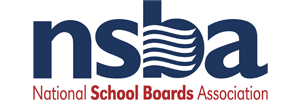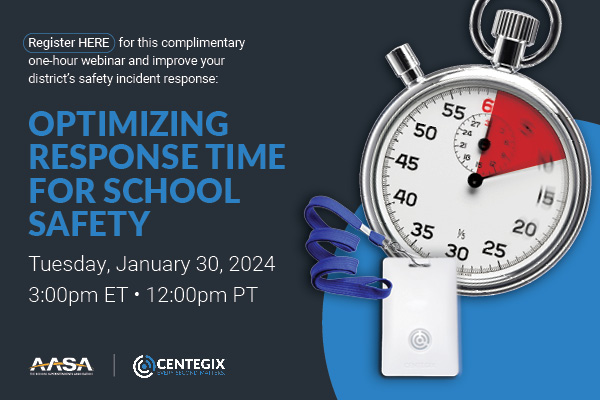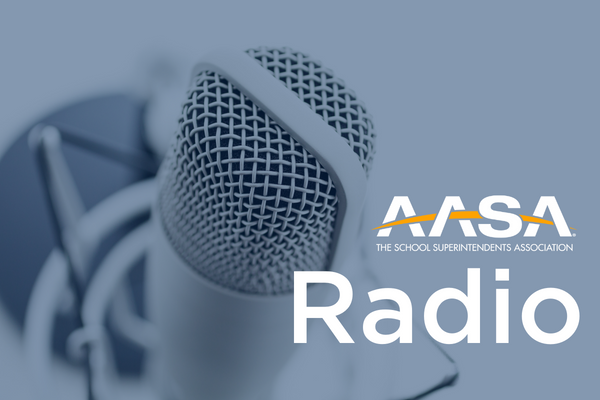School Safety and Crisis Planning Toolkit
May 18, 2023

The School Safety and Crisis Planning toolkit, comprised of continually-updated online resources to assist school district leaders, addresses the critical issues of mental health, cybersecurity and physical safety. AASA also offers a 24-hour crisis hotline service to all AASA members.
Immediate and Aftermath of a School/Community Crisis
The intent and design of this toolkit is to provide a checklist of necessary procedures before, during and after a crisis that is easily accessible by school leaders and designed specifically for school superintendents. School superintendents are encouraged to share their findings with key stakeholders in their districts. In addition, school superintendents are further encouraged to share their opinions on this toolkit with the AASA Executive Leadership Team as this toolkit will always be presented as a work in progress.
What I need to know and do as the district’s superintendent pertaining to security and safety best practice:
- Have I cultivated a strong relationship built on mutual respect with the local safety officials (police chief) and do we meet regularly to discuss safety?
- Do I have in place a detailed safety and security plan that is easily understood by all stakeholders?
- Do I have in place an identified staff member or a technology platform which will broadcast all needed information to the school community and the community-at-large pertaining to a crisis?
- Do I attend district safety committee meetings to show my unyielding support for the work?
- Am I comfortable with the safety and security plan if my district was in a crisis?
- Can I assure the local school board that every staff member (including new staff) understands our safety plan before they are with children?
- If I was out-of-district during a school emergency have I mentored or met with the key staff member who would represent my work in the midst of a tragedy?
- As needed, do I meet with my school board (minimum three times per year) in executive session to address school safety and security?
- Have I examined existing resources to reallocate assignments to meet the needs of today’s safety and security most complex issues?
- Do I meet with district mental health providers to collaborate and to have strategies in place for our most complex students who bring with them safety concerns to the district?
Resources and Guidance for Administrators and Crisis Teams
We are grateful for the continued support provided by our partners in this important initiative:
 |  |  |
 |  |  |
AASA Crisis Hotline
Have a safety concern? Recently experienced a crisis situation in your school or district?
Dial 520-565-4111 to access the AASA Crisis Hotline.

The hotline is managed by Janet Robinson, a former member of the AASA Governing Board and retired superintendent who led Newtown Public School District (Conn.) during the Sandy Hook crisis.
The horrific school shootings we continue to hear about have created a turning point toward the issue of school safety. All children have the right to live and learn in a safe environment. As the nation’s largest organization representing the leaders of our public schools, we felt it was our responsibility to create a digital safety solution package, specifically tailored for AASA members as well as non-member superintendents in their plight against the gun violence that continues to threaten our schools and students.Dan Domenech
NSPRA is proud to partner with AASA and provide the necessary resources in our efforts to help ensure the safety of our schools and most importantly, our students. We know that speed and accuracy are critical components in any crisis situation for well trained school safety and crisis teams. Their plans should be reviewed and practiced on a regular basis.Barbara M. Hunter, APR
Everyone has the responsibility to provide a safe and healthy learning environment, whether you are a school district leader, administrator, teacher, parent, student, or other member of the community. Together, we can foster positive and inclusive environments, provide effective social-emotional care and mental health programs, improve critical safety technologies, and enhance risk-management processes to address whatever crises may come our way. ASBO International is proud to do its part by providing tools that districts need to help our children learn, grow, and thrive.David Lewis
School districts must be prepared in order to ensure on-going school safety and respond appropriately when a crisis does occur. Key elements include balancing physical and psychological safety, establishing an appropriately trained school crisis team, addressing the mental health needs of students and staff, and having access to succinct, evidence-based information. School district leaders will find AASA’s toolkit a valuable resource in helping to guide these efforts. School psychologists are critical members of school safety and crisis teams, and NASP is pleased to contribute some of our expert resources to the School Safety and Crisis Planning toolkit to support effective prevention, response, and recovery.Kathleen Minke
In school crisis situations, it’s imperative that resources are readily available to help school staff, educators and administrators make important decisions. ASCA is dedicated to working with partner organizations to provide information and tools to help these leaders make sound decisions related to the care of their school communities.Jill Cook
Advertisement
Advertisement
Advertisement
Advertisement



